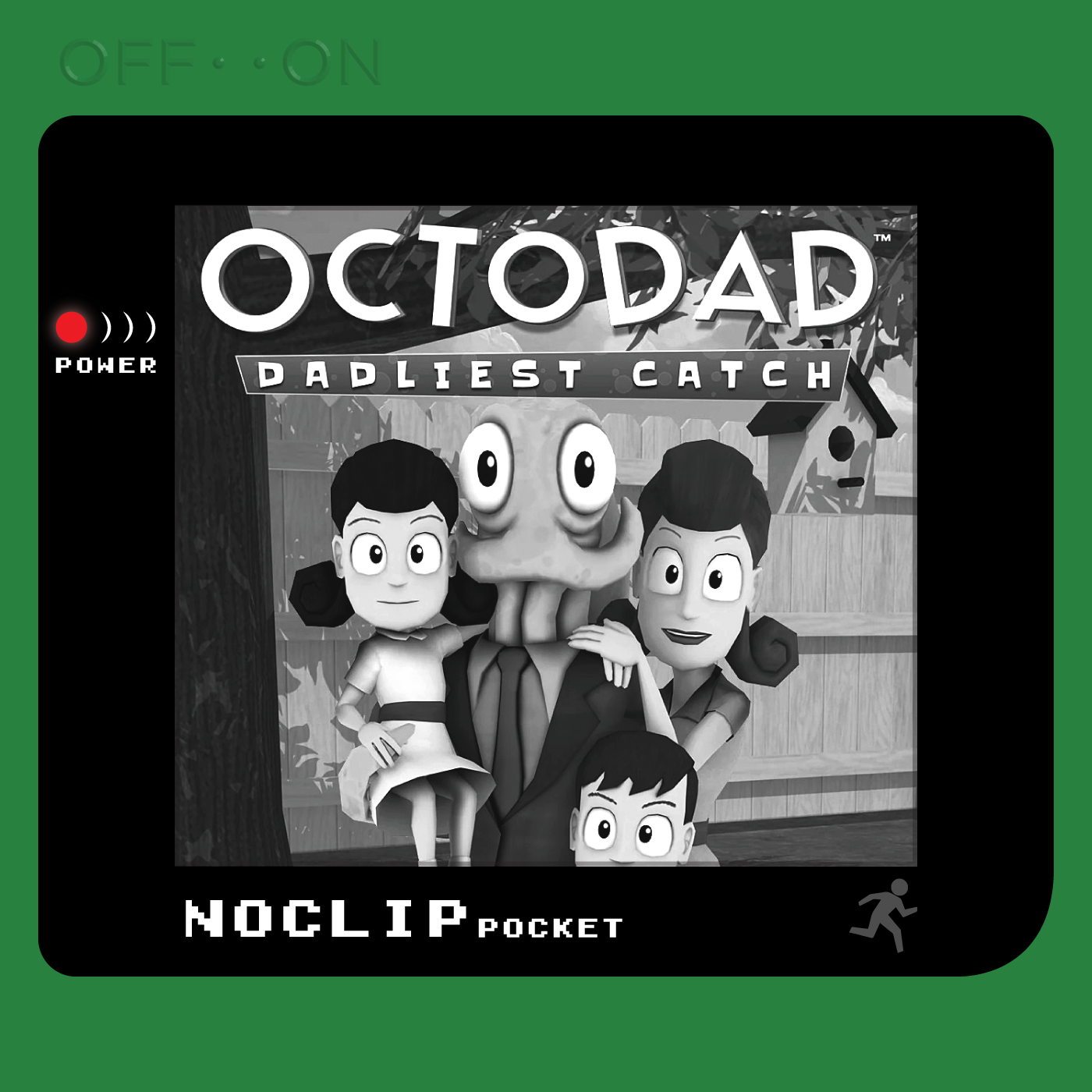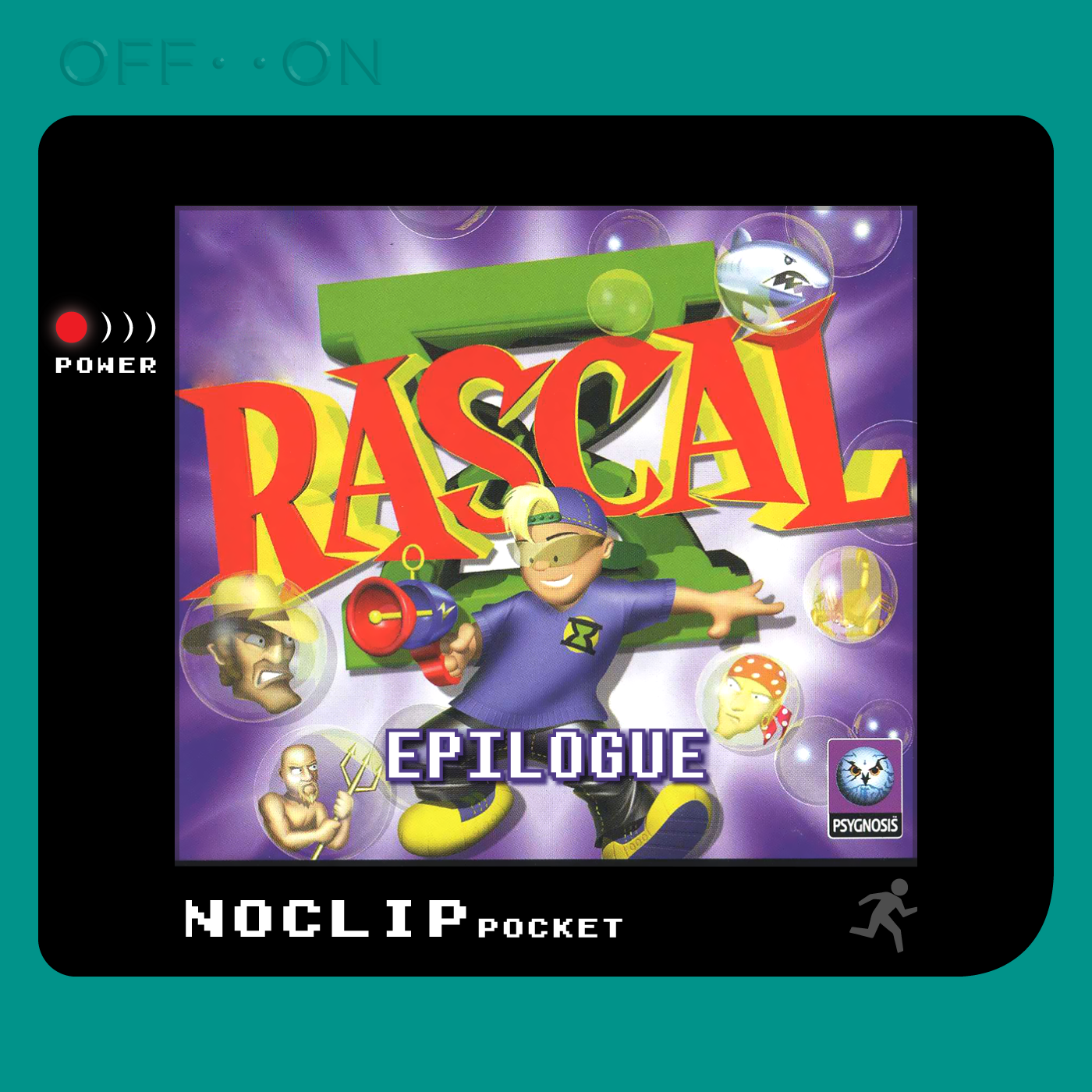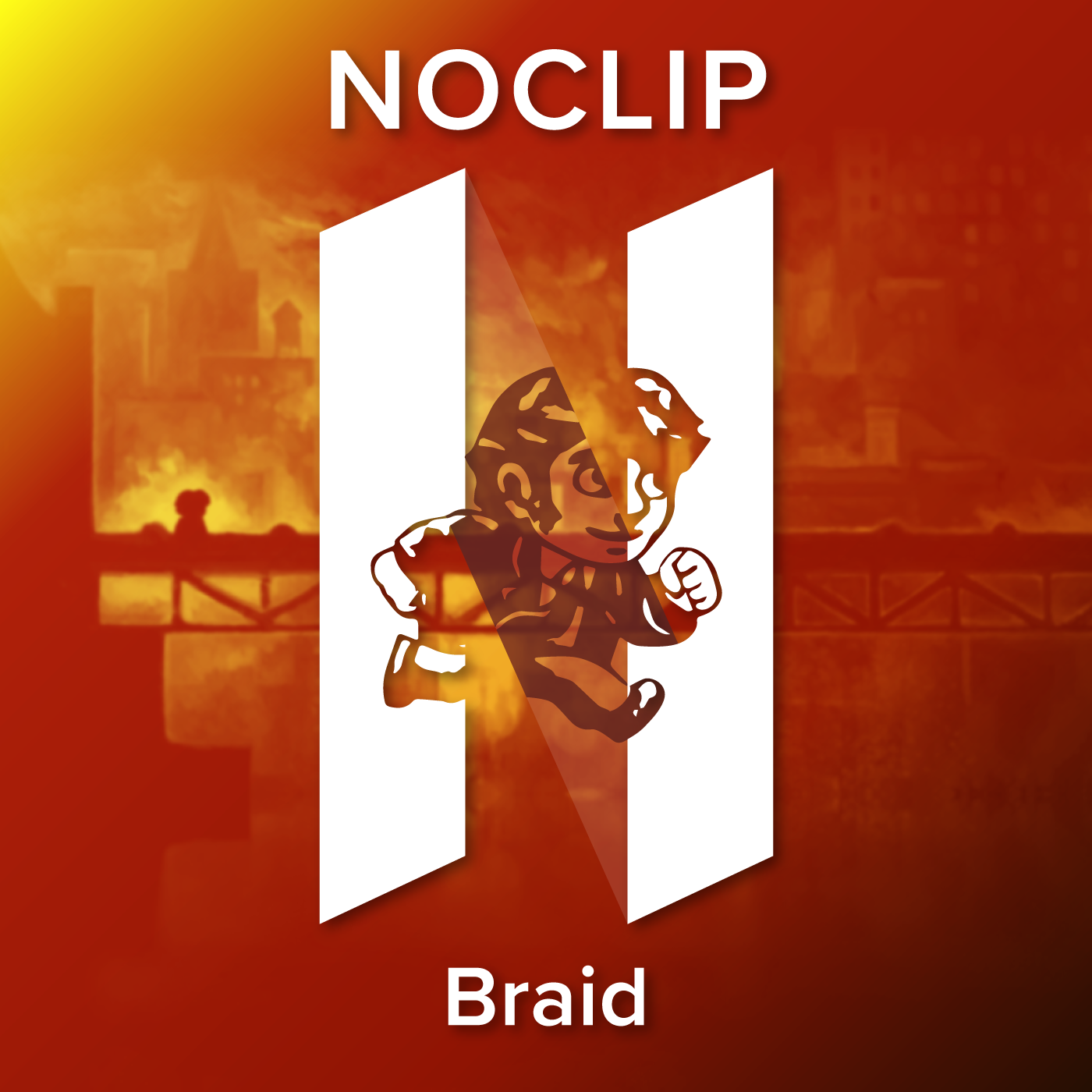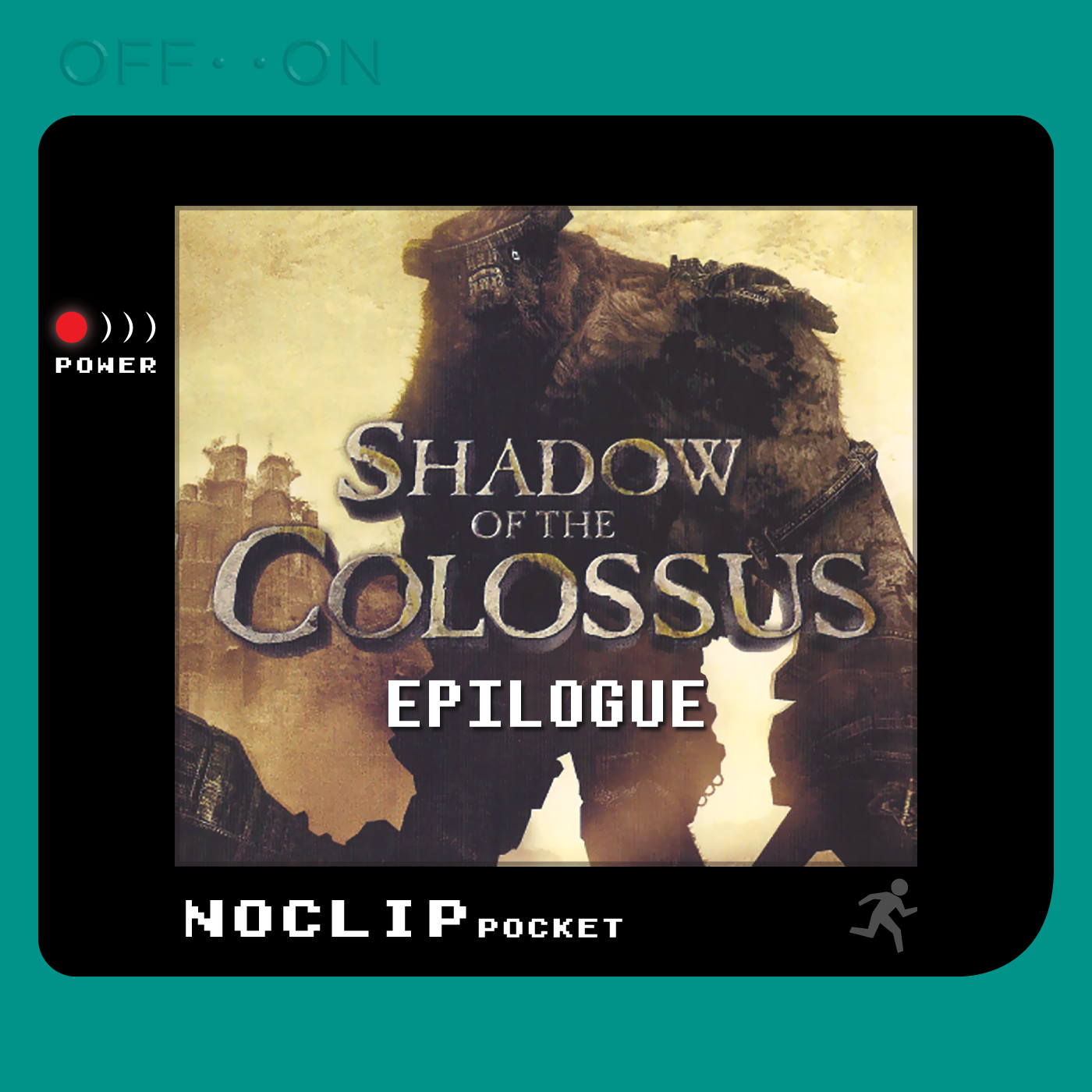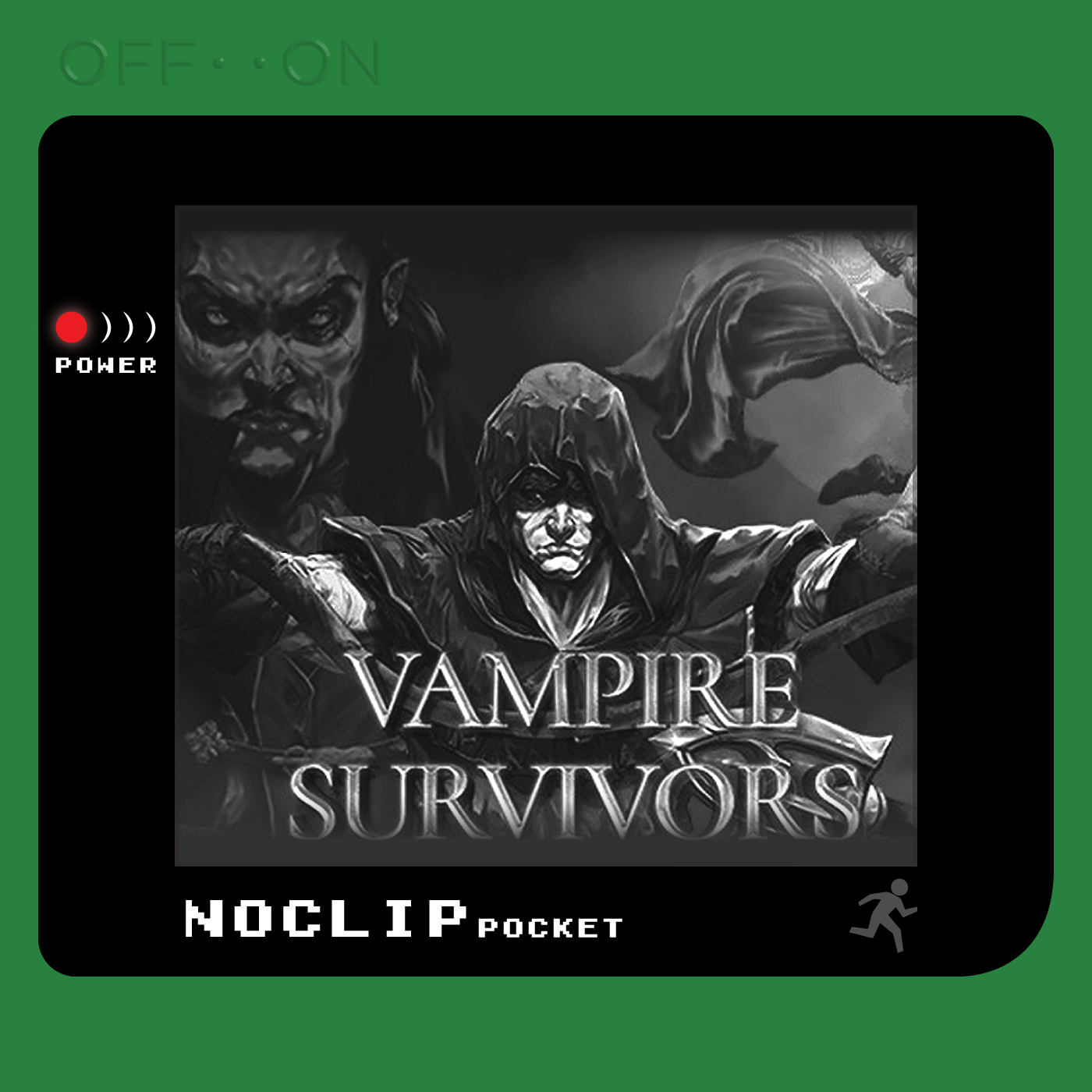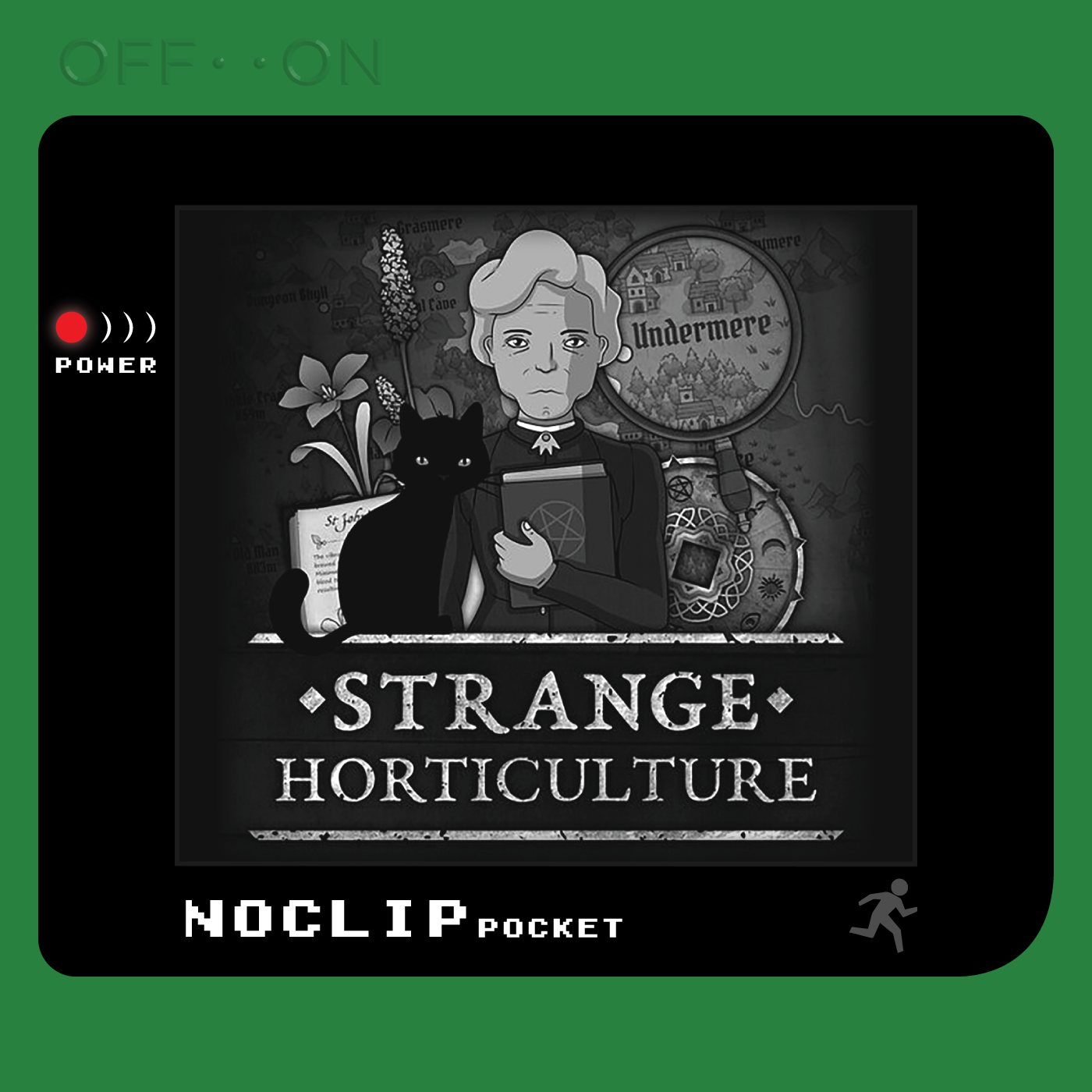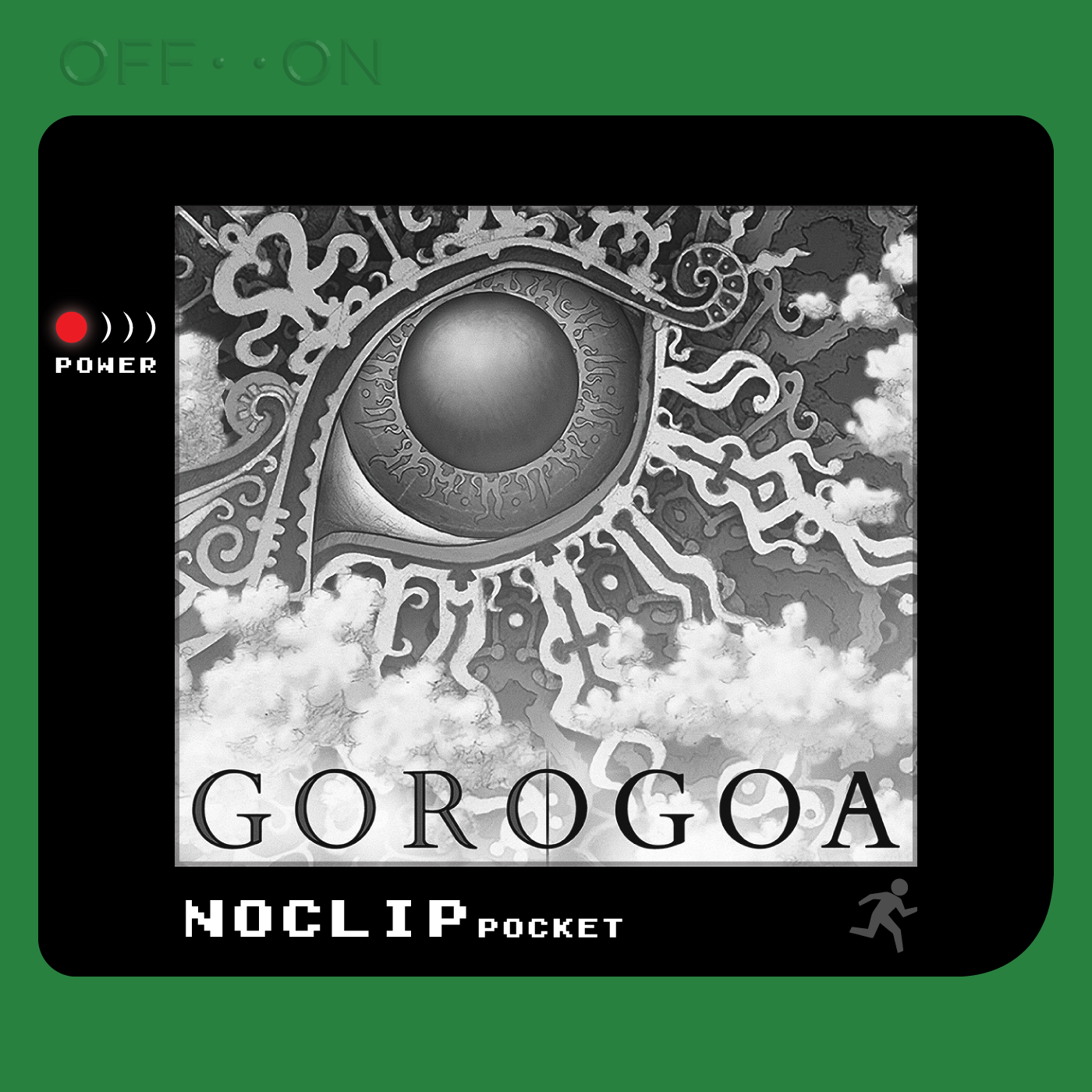Why is every podcast fish?
Welcome back to NOCLIP Pocket, and our final episode from Mystery May! Today, we’re talking about Octodad: Dadliest Catch, a game about an octopus doing his best to blend in with human society. The game is straight out of the Goat Simulator era of physics-based games, and owes a lot to all the QWOP-inspired physics hell games that came before it, but what makes Octodad stand out is that it’s just much more playable than most other games in the genre. In Octodad, you control your legs and arm separately, with a wobbly ragdoll character and everything in the environment weighs nothing to allow for it to maximally fly around everywhere when you bump into it. However, the game has a plot and it wants you to finish it, so it never reaches Getting Over It levels of difficulty. In a way, this does make the game weaker, as the crazy physics interactions are less pronounced, but it’s a game you can finish and one that doesn’t overstay its welcome, giving it more of a feeling of real player-friendly design and making it a great jumping off point for getting into the genre. We’re going to be talking about the game’s perceived difficulty, how Octodad cultivates its comedy and makes it work, even at the player’s expense, and give you our top strategy tips for cheating at the arcade.
Thank you for joining us again this week, and for seeing us through Mystery May this year! We’re really happy with how it turned out, so we’ll be dredging the table up again next year as well. Did you play Octodad at any point in the 9 years since it came out? Did you play the original freeware Octodad? How did you feel about Mystery May and are there any games you were really pulling for off our table? Let us know in the comments or over on our Discord! Next time, we’re going to keep it a little bit unorthodox and are going to be talking about The Bunker, an FMV game about people living in the post-apocalypse, so we hope you’ll keep an eye out for that.


